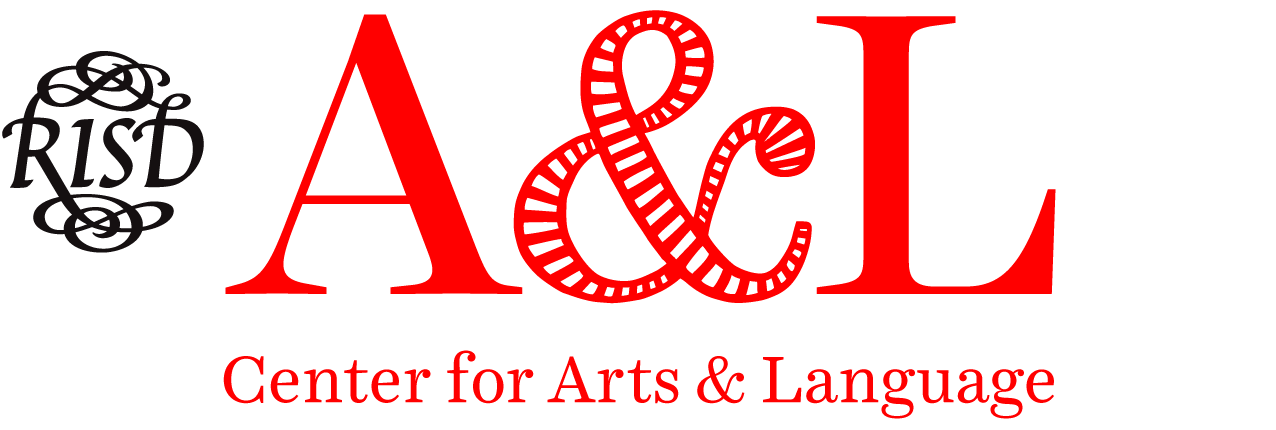Research Paper Video Tutorial
There’s no one correct way to go about writing a research paper. It’s more important to know your own style of working and give yourself plenty of time for your process to unfold.
The videos in each section below are all about strategies and tools that help you approach these parts of your process more efficiently and effectively. Some tools may seem like extra work, but it’s work you’ll have to do anyway—don’t leave it until the end!
Documenting Sources to Cite in Your Text
Citation is often a high priority for faculty, but many students are unfamiliar with citation practices, and others make the mistake of putting it off until the last minute. This makes for a stressful writing process, and could have serious consequences if done incorrectly.
Citation: What and Why explains exactly what citation is, why it’s so important, and how to do it from the very start of your research process.
The following videos introduce the three most common citation styles used at RISD:
Chicago Manual Style (CMS)
American Psychological Association (APA)
Modern Language Association (MLA)
Active Reading and Engaging with Sources
Active reading and reflective writing both deepen and streamline your research process. We do not prescribe a specific approach; instead, consider your own strategies, how to activate them, what could improve your future research processes.
Prioritizing Texts talks about how to sort the sources you find in your searching and browsing.
The following videos introduce three tools for writing about sources:
Annotated Bibliography
Reading Journal
Note Cards
All three methods include the critical step of writing what you think. That’s what your readers are interested in hearing in your final paper—your own contribution to the conversation.
Integrating Research into Your Writing
In your research papers, readers need to understand what ideas and information come from different sources. This helps them see the landscape of discourse you’re contributing to and is part of avoiding plagiarism.
The videos below look at different kinds of content in a paper and how they work together:
Facts and Common Knowledge
Quotes, Paraphrases, and Summaries
Signal Phrases and the Writer’s Voice/Opinion
They all work with excerpts from a sample paper: an early paragraph that introduces core ideas, a paragraph analyzing one of several case studies, and a later paragraph that draws us toward the conclusion. You can follow along with the samples we examine in this handout.
